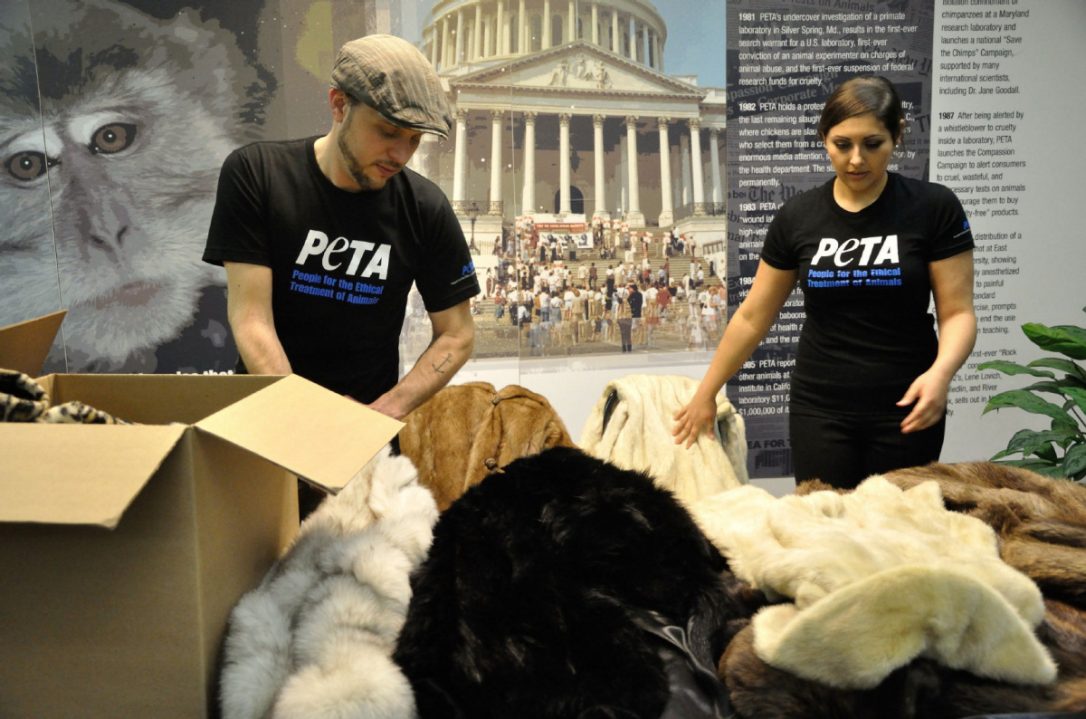The fur industry rejects acknowledging even the most obvious cruel killing methods such as electrocution. The American Veterinary Medical Association report that electrocution causes “death by cardiac fibrillation, which causes cerebral hypoxia,” but informs that “animals do not lose consciousness for 10 to 30 seconds or more after the onset of cardiac fibrillation.” Meaning, the animals are still wide awake while going through a painful heart attack.
Today, fur factory farms are outlawed in the U.K. and the Netherlands. In 2011, more than 260 mink farms were operating in the U.S. The USDA stopped reporting the number of farms “to protect the identity of individual farmers.”
Fur lovers or consumers need to know that for every fur coat, lining, or piece of trim there was no small amount of animals suffering to produce it, whether they were raised on a fur farm, caught in the wild, or even unborn. This cruelty will persist as long as the public continue to buy and wear fur.
Stop supporting stores that sell fur, and let the stores’ owners know your reasons for refusing to buy from their establishments. Send to editors and writers in fashion magazines which feature fur-clad models on their covers and pages. Explain to them how wearing fur sustain a cruel industry, tell them why you think faux fur is a much more humane alternative. Join animal rights causes and organizations who advocate fair treatment of animals. Let your representative do something about it through laws and regulations.

